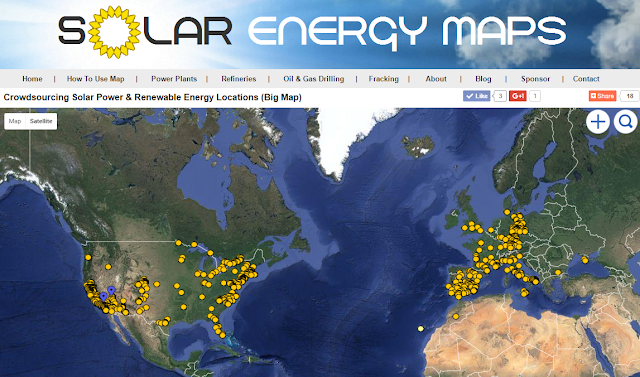Incorporating the use of
solar power within your overall
home design is one of the best ways to reduce your household’s carbon footprint
while also saving an impressive amount of money on energy costs every year.
Luckily, you don’t have to spend thousands of dollars in home improvements to
benefit from the power of solar.
Modernize suggests introducing one or more of
these effective solar upgrades for your home that are sure to pay off in 2016:
The Lighting
One of the best ways to benefit from the use of solar is to
update your home’s lighting. This can be done by incorporating a few natural
lighting features into your space. Start by identifying areas in your home that
are used most often throughout the day, and which extra lighting will enhance
the use of said spaces.
These spaces can be fitted with solar skylights that reduce
the need for artificial lighting. In many cases, you should find that
artificial lighting isn’t needed at all until it gets dark outside. Many solar
skylights can be opened and closed with the touch of a button to increase
natural air flow throughout your home without costing you a dime on energy
costs.
The Windows
By simply applying solar insulation film to your home’s
windows, you will minimize sun glare, protect your flooring and furniture from
harmful UV rays, and improve energy efficiency, which means lower energy bills
at the end of the month. Solar insulation film is easy to install and comes in
a variety of colors, shades, and designs that should make it easy for you to
customize each room’s look and feel.
The Landscape
Placing solar garden lights throughout your front and back
yards will ensure safe travel in the dark so you can enjoy your outdoor spaces
no matter what time of day. But beyond basic garden lights, it’s a good idea to
incorporate solar in others ways if possible such as:
· Replacing your garage and gate
opener with solar-powered options.
· Incorporating solar fountains
into features that include standing water.
· Lining the sidewalks with solar
light strings to enhance visibility upon returns home in the dark.
In addition, consider setting up an outdoor kitchen that
features a solar fridge and oven.
The Water System
An smart way to save money on both energy and water heating
costs is to replace your electric or propane water heater with a solar powered
option. A
solar hot water heater can save you up to 50
percent on your hot water heating costs, and reduce your household’s C02
emissions by about the same amount. You can save even more money as well as
optimize your water system’s pressure and functioning by installing a solar
water pump, too.
These fun solar update ideas can be implemented one at a
time, offering you gradual benefits that will continue to grow in time.

